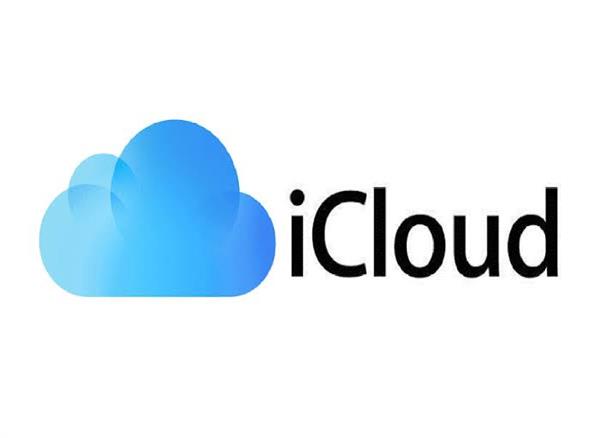iCloud is Apple's cloud-based storage and synchronization service that allows users to store their data, including photos, videos, documents, and more, and access it from multiple devices. On an iPhone, there are various common iCloud settings related to backup, storage, and synchronization options that users can customize to suit their preferences. Let's explore some of these settings in detail.

1. iCloud Backup: This setting enables users to automatically back up their iPhone data to iCloud. Users can choose to include or exclude specific data categories such as photos, videos, app data, device settings, and more. The backup occurs when the iPhone is connected to Wi-Fi, charging, and locked. It ensures that users can restore their data if they switch to a new device or need to recover lost data.
2. iCloud Drive: iCloud Drive allows users to store files and documents in the cloud and access them from any Apple device. Users can enable or disable this feature and specify which apps can access iCloud Drive. It provides seamless synchronization, allowing changes made to files on one device to be reflected on others. Users can also manage their iCloud Drive storage by optimizing storage and controlling which files are stored locally.
3. Photos: With iCloud Photos, users can store their entire photo and video library in iCloud and access it across their devices. Users can choose to enable features such as "Optimize iPhone Storage," which automatically manages local photo storage to free up space. iCloud Photos also offers options to share albums with others, create shared albums, and automatically import photos from other devices.
4. Messages: iCloud Messages syncs users' iMessage conversations across multiple devices. Enabling this feature ensures that messages, attachments, and conversations are available and up to date on all devices. Users can also choose to store messages in iCloud to save local storage on the iPhone.
5. Mail: Users can choose to sync their iCloud email account settings, including mailboxes, drafts, sent messages, and more, across their devices. This feature keeps email data consistent and accessible from any device.
6. Contacts, Calendars, and Reminders: Enabling iCloud sync for contacts, calendars, and reminders ensures that changes made on one device are reflected across all devices. Users can seamlessly access and manage their contacts, appointments, and reminders across their iPhone, iPad, Mac, and other Apple devices.
7. Safari: iCloud Safari syncs browsing history, bookmarks, and open tabs across devices. This feature allows users to seamlessly switch between devices and continue browsing from where they left off.
8. Keychain: iCloud Keychain securely stores usernames, passwords, and credit card information across devices. Users can enable this feature to autofill login credentials and payment information in apps and websites.
9. Find My: Find My iPhone helps users locate their lost or stolen device. Enabling this feature allows users to track their iPhone's location, remotely lock or erase it, and display a custom message on the device's lock screen.
These are some common iCloud settings on an iPhone, providing users with a comprehensive set of options for backup, storage, and synchronization. By customizing these settings, users can ensure their data is secure, accessible, and up to date across all their Apple devices.